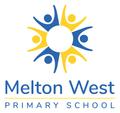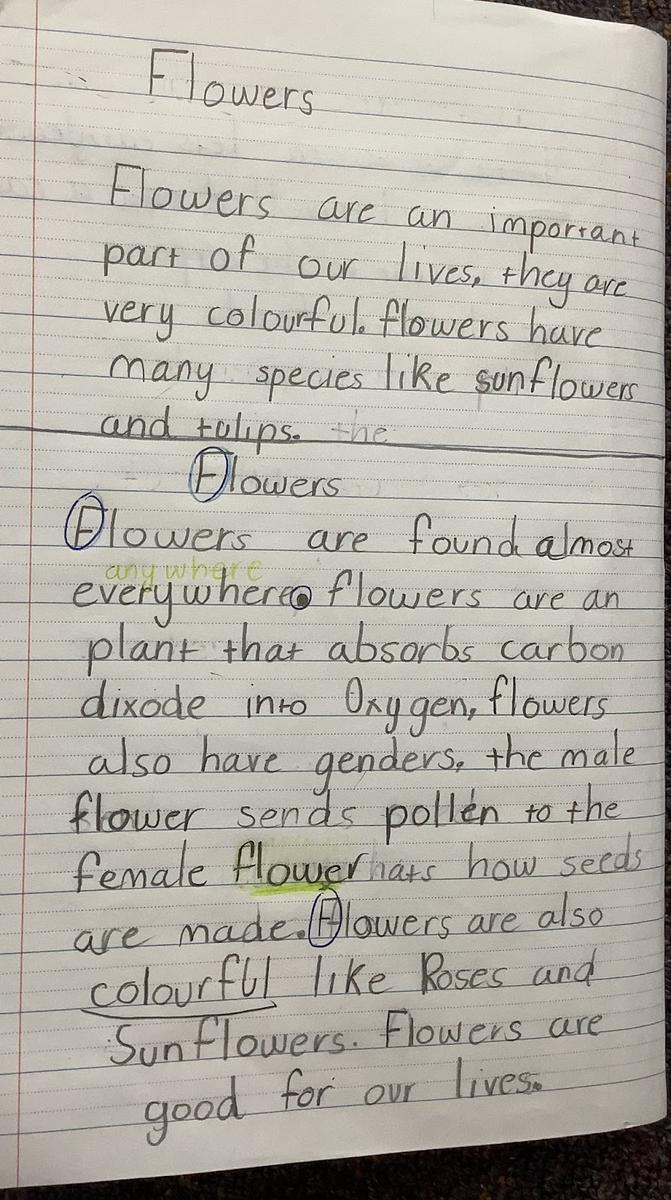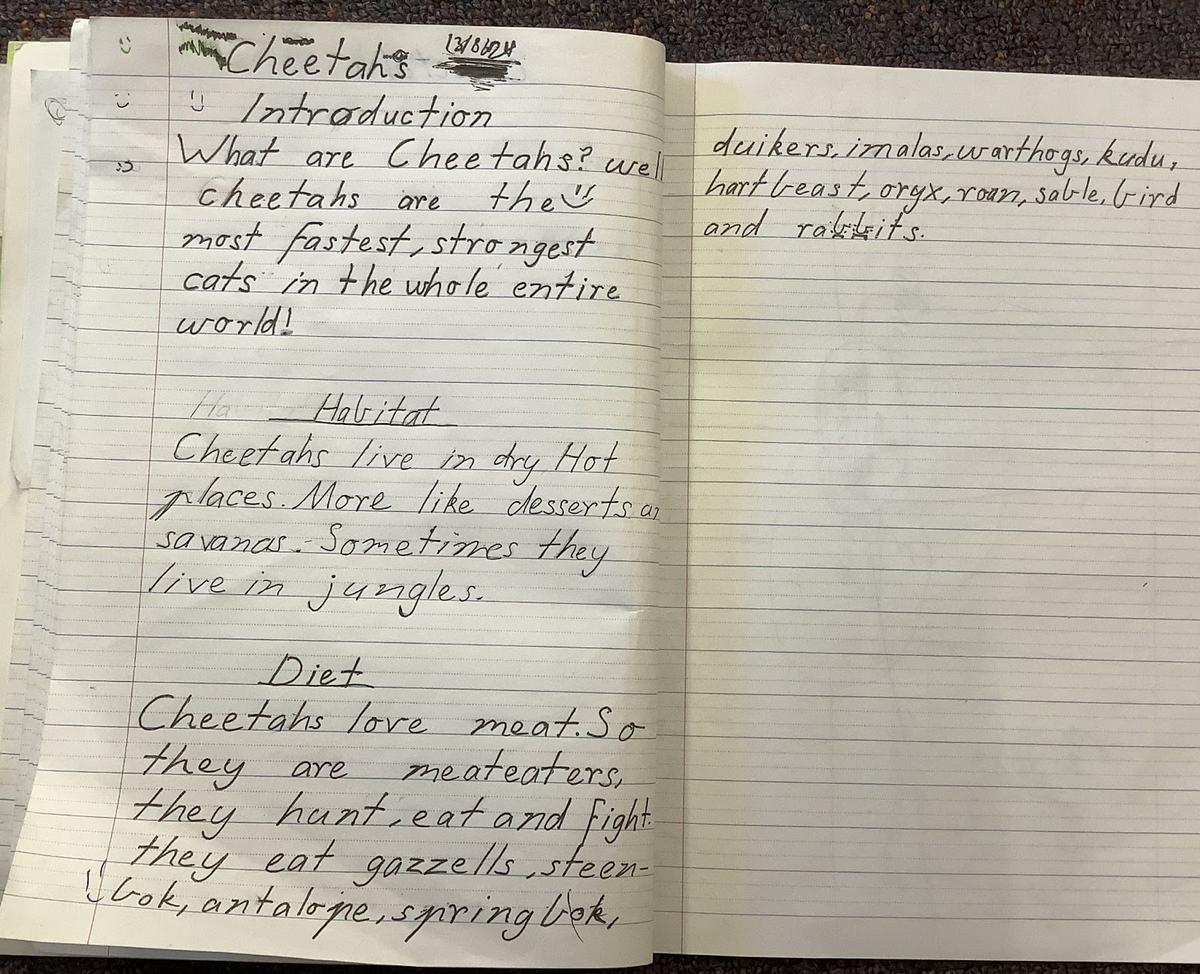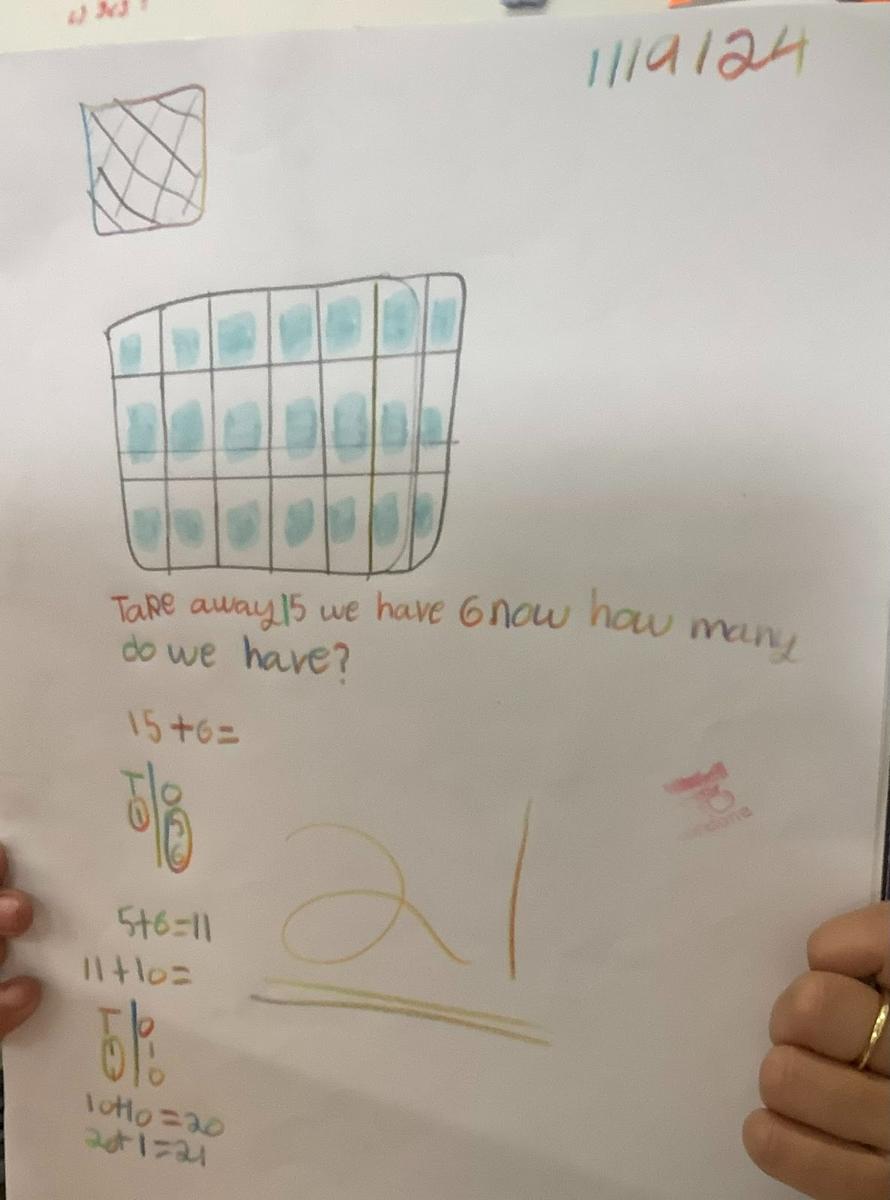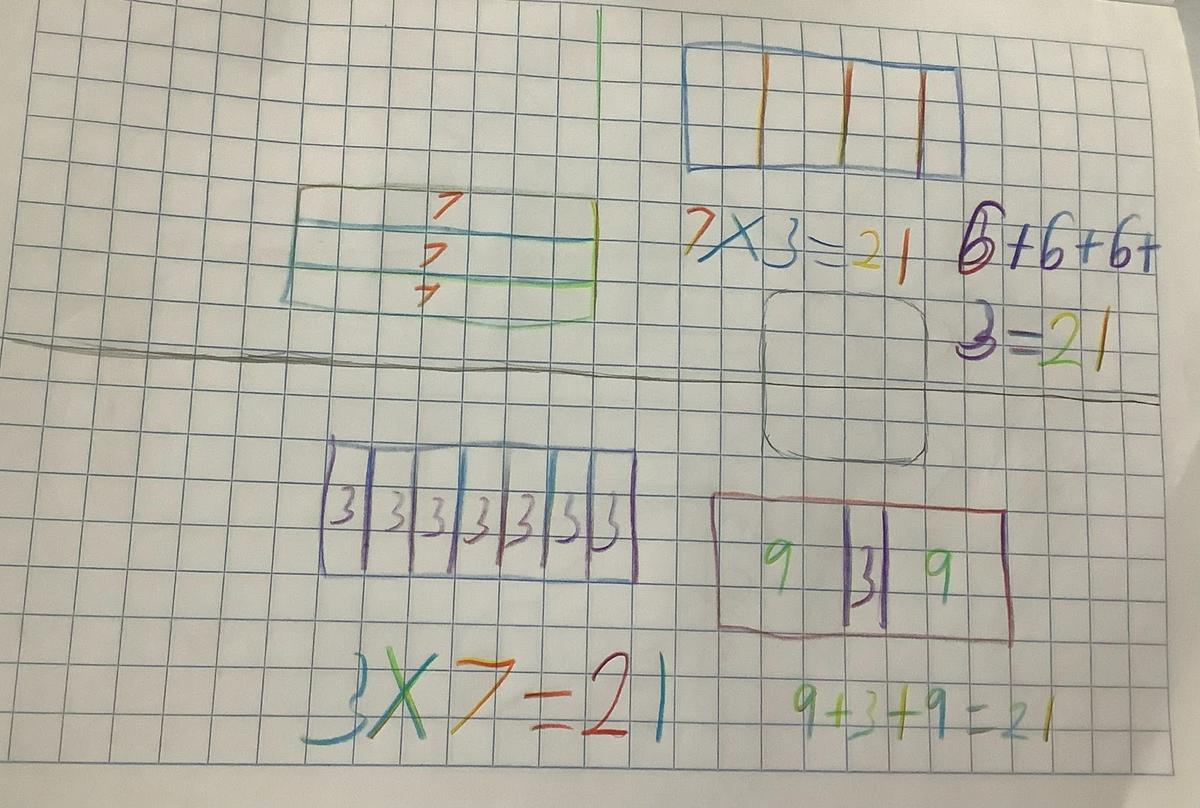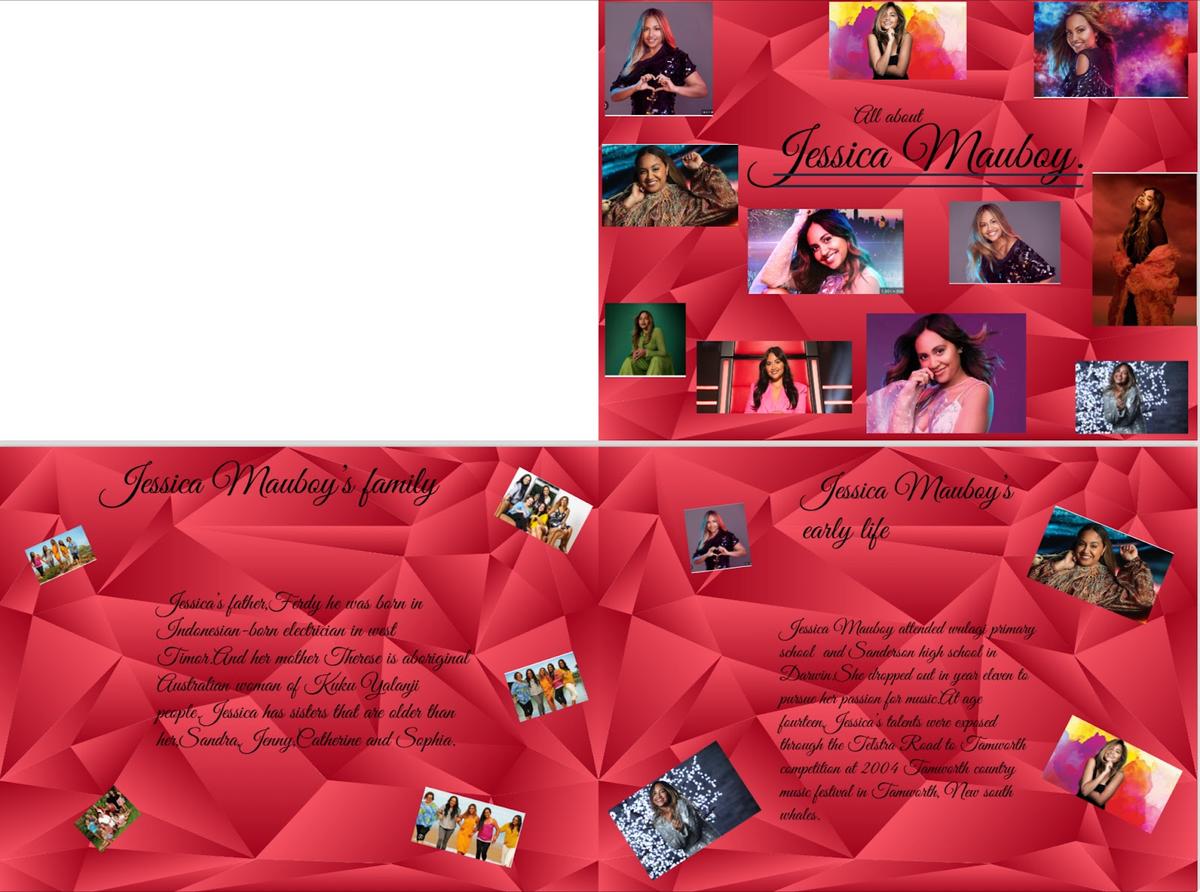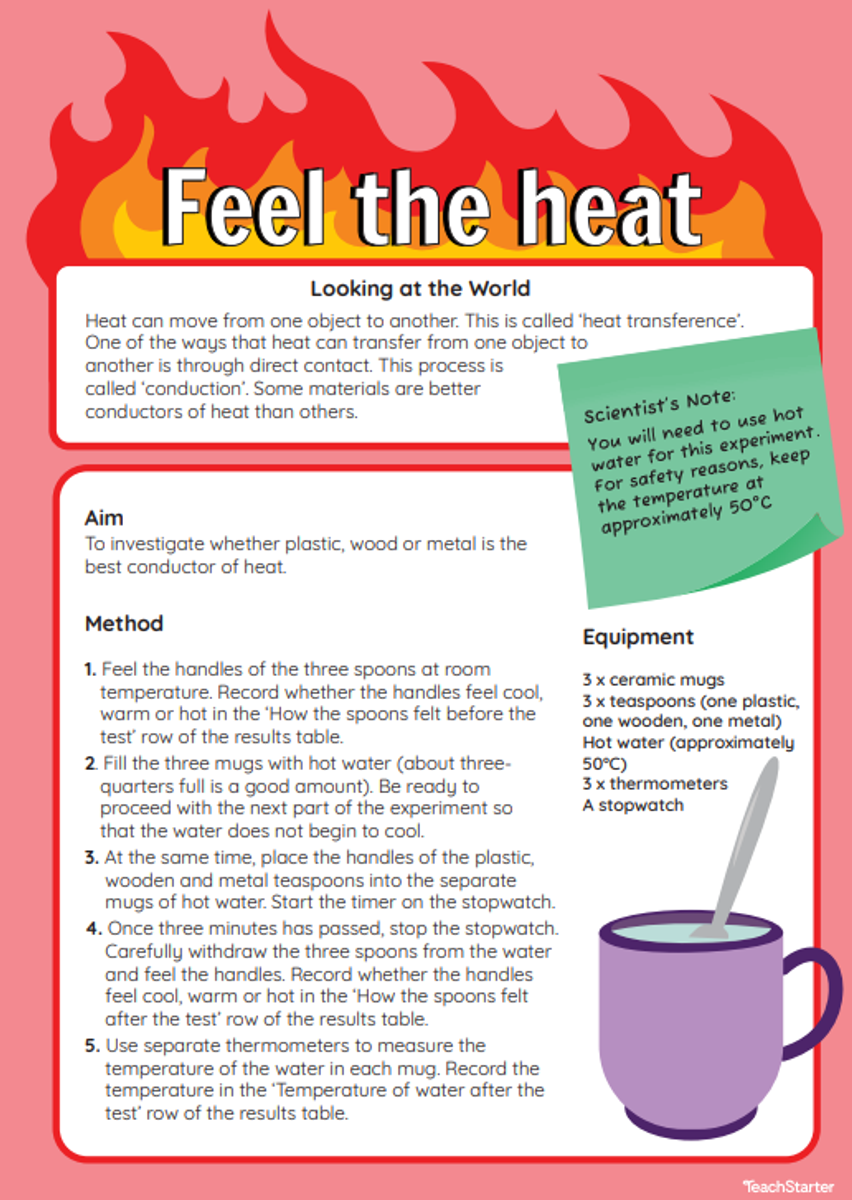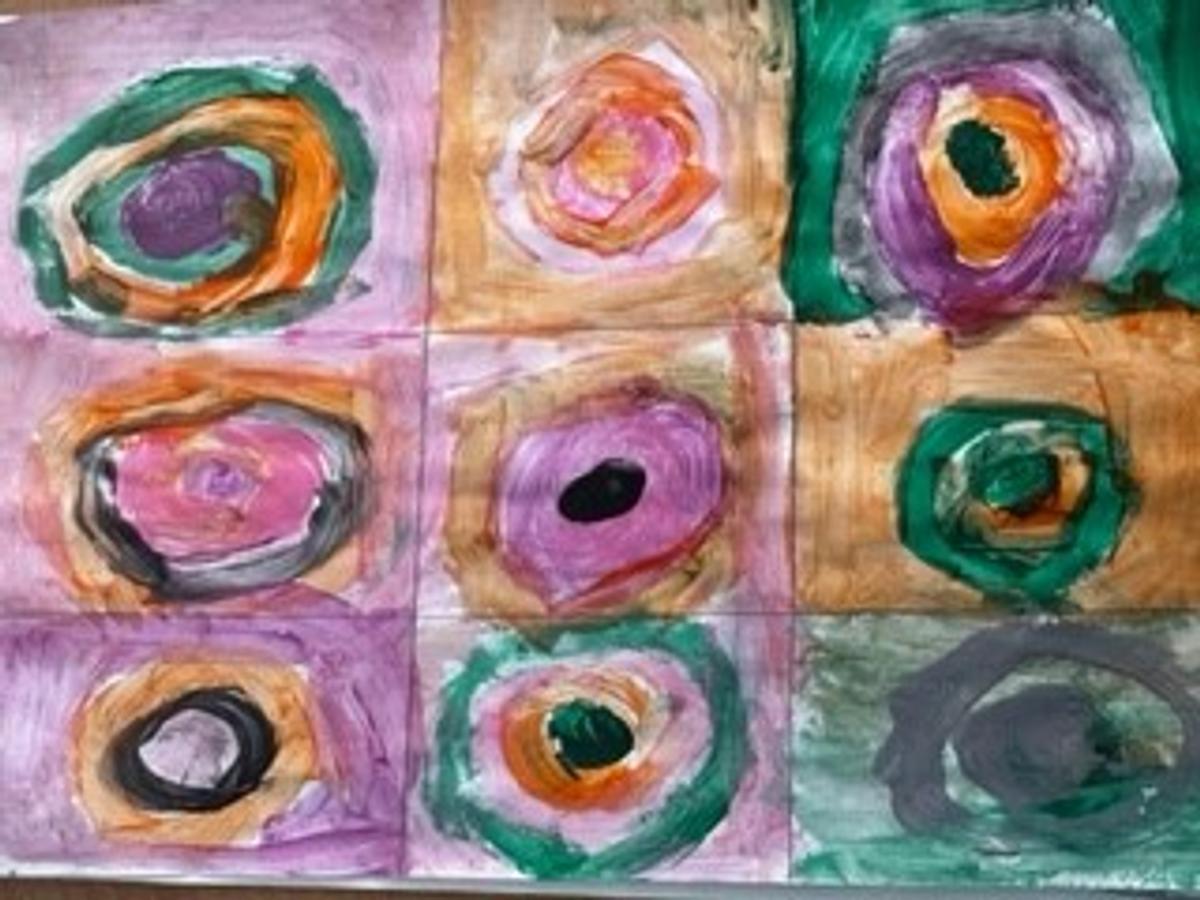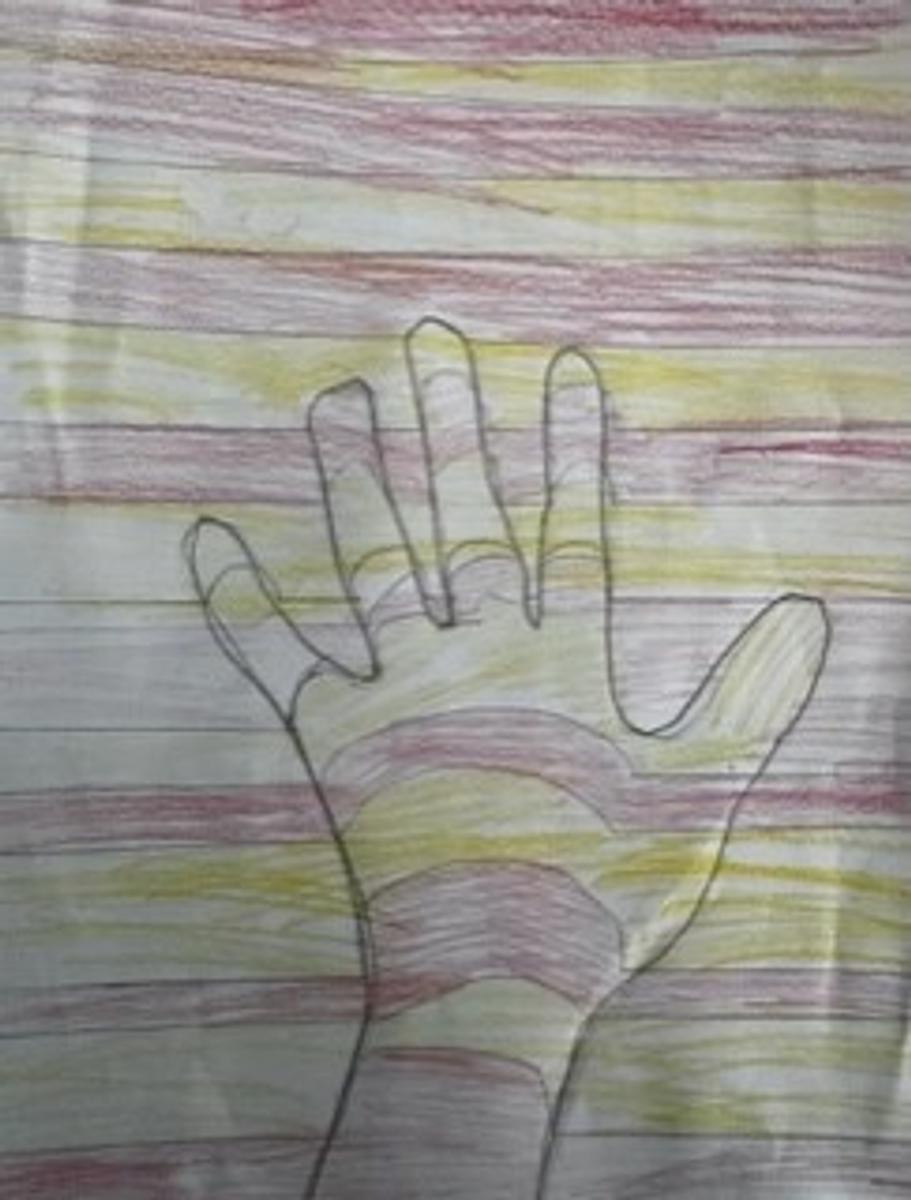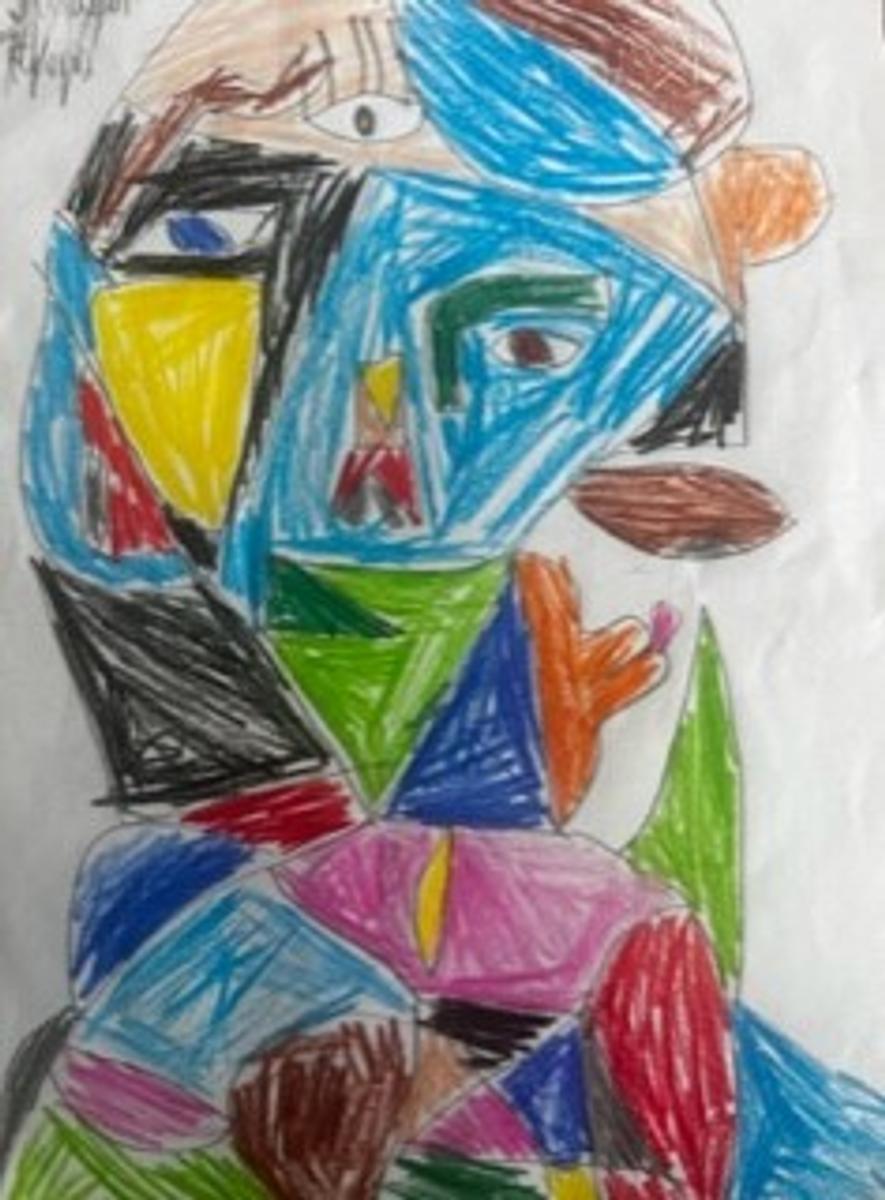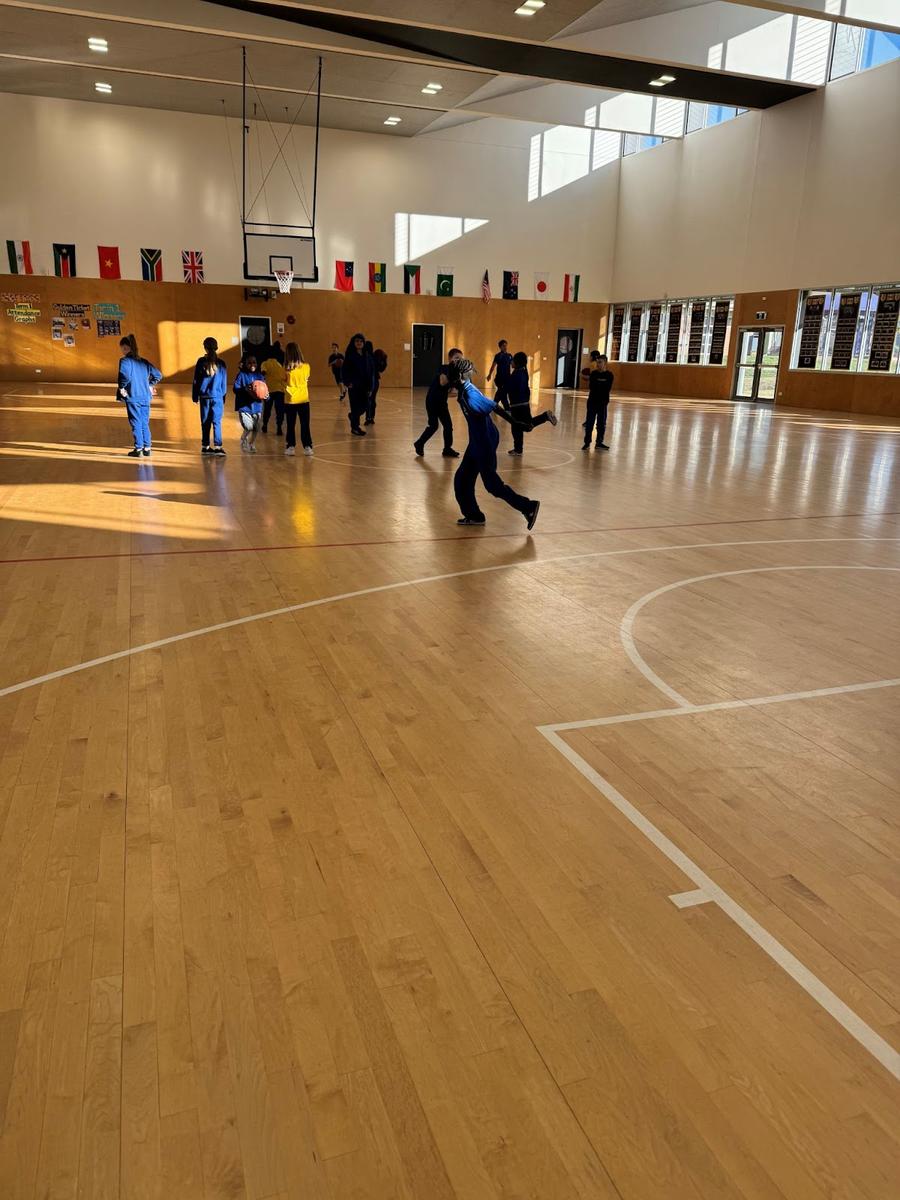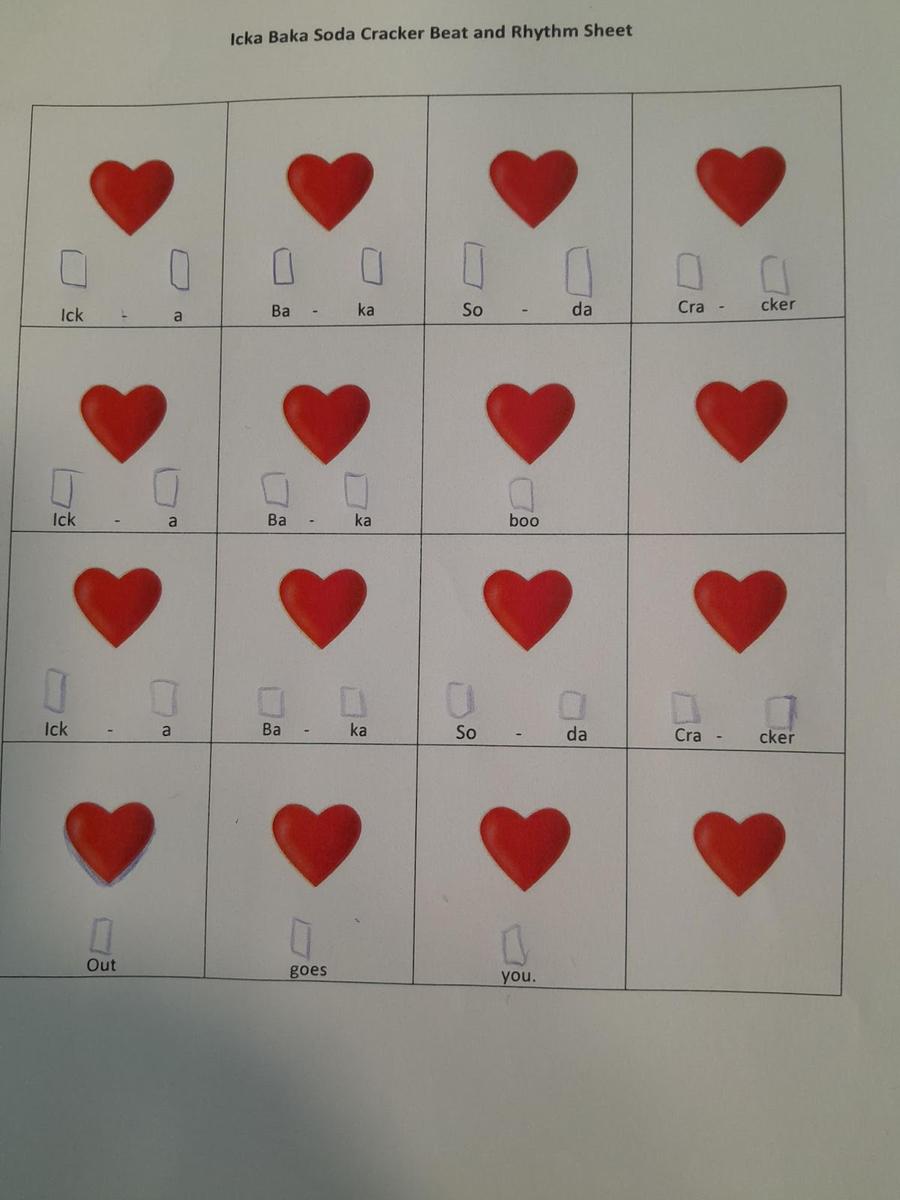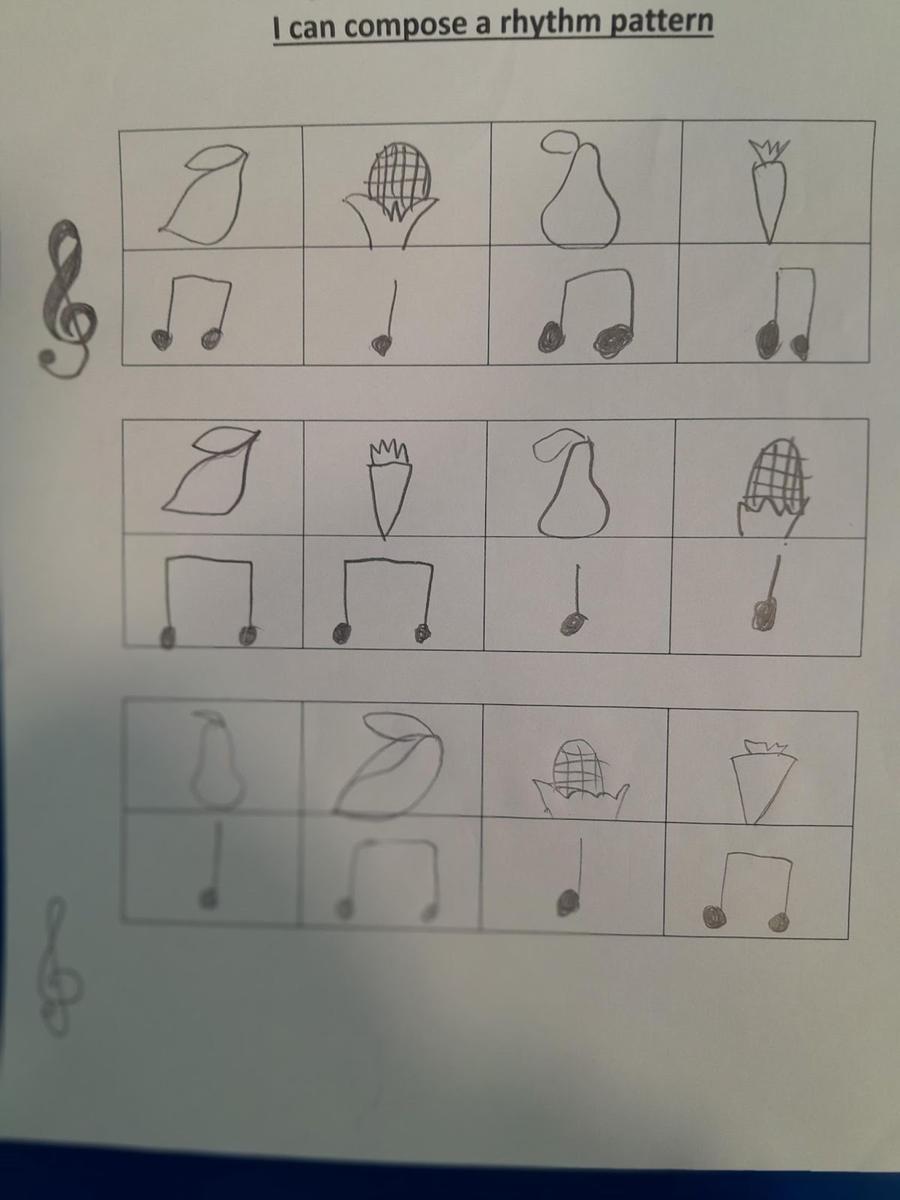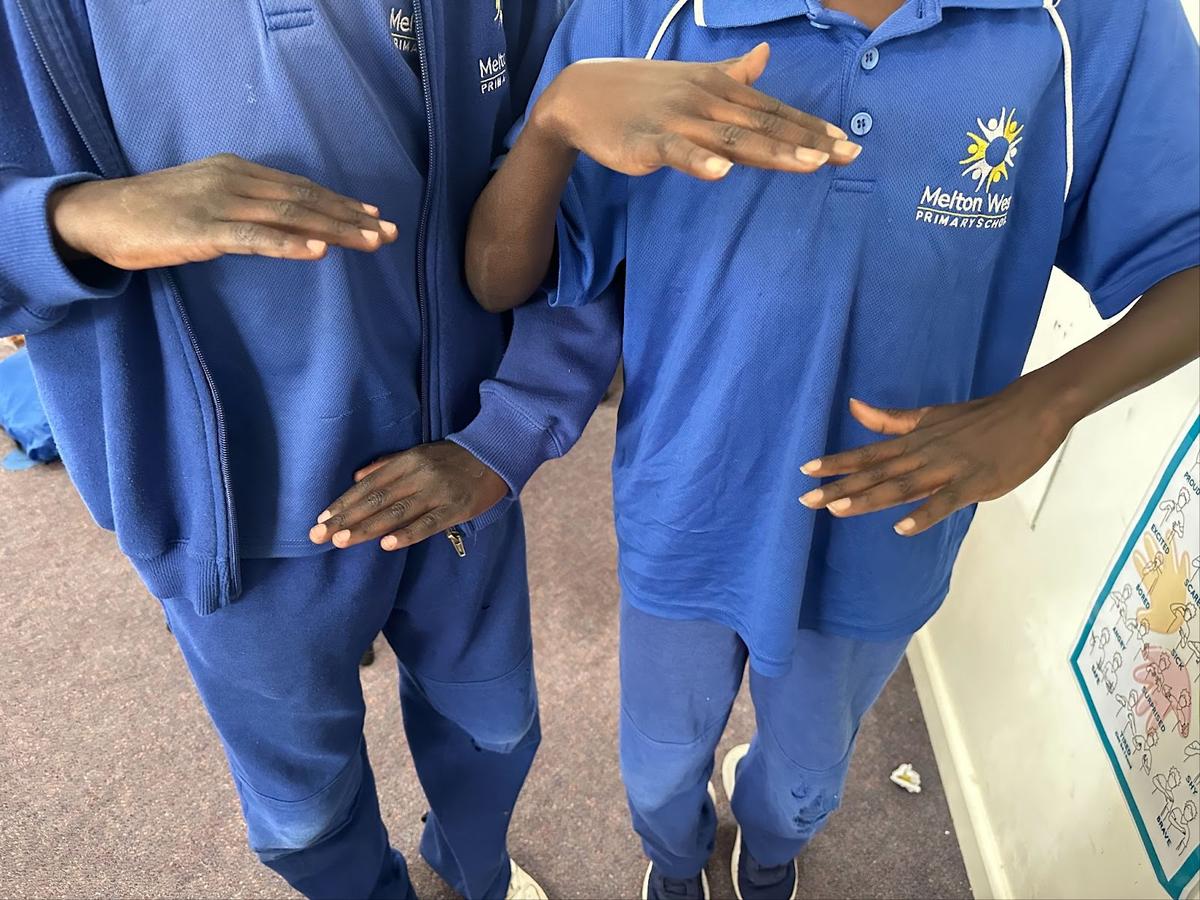Year 3/4
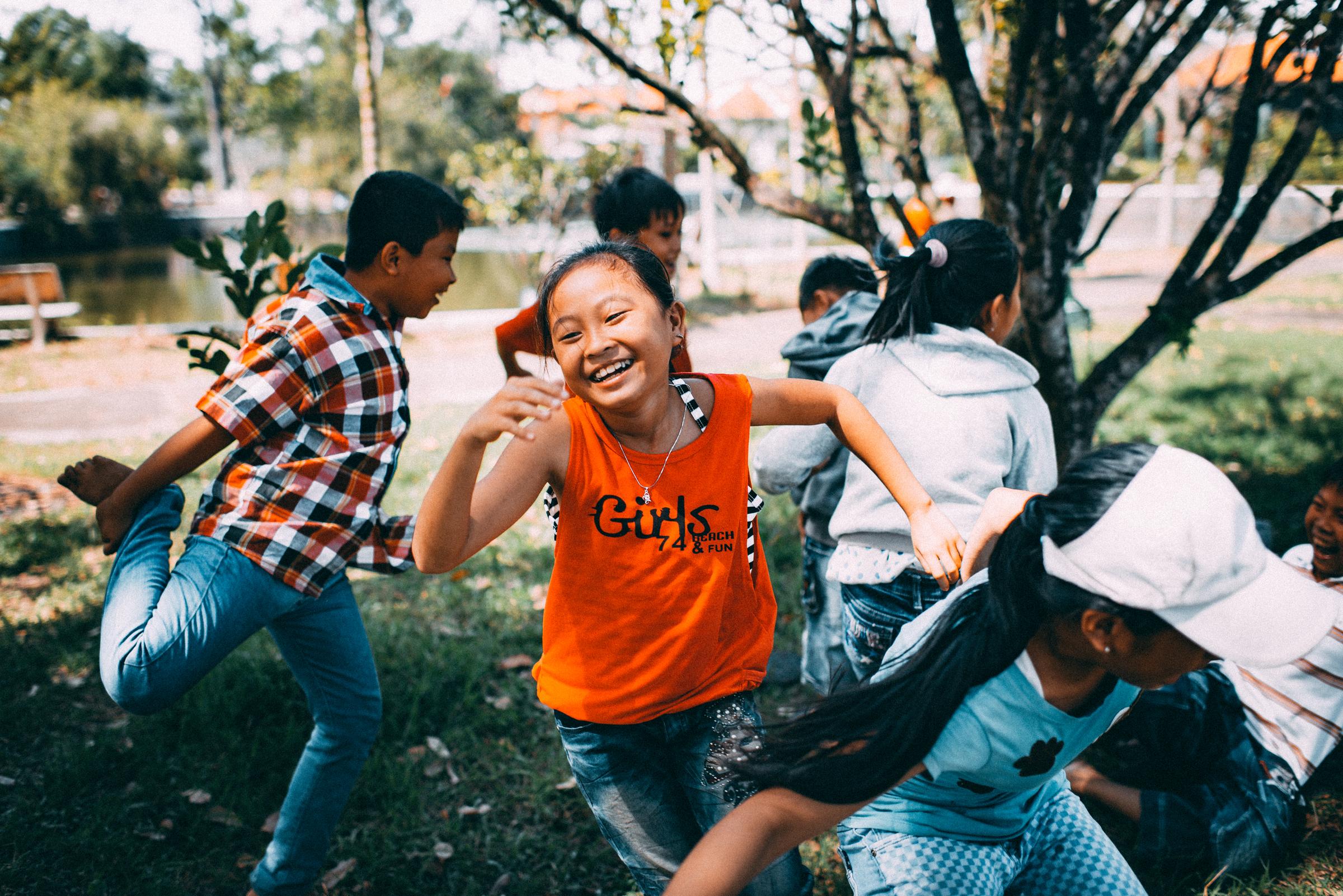
Reading
This term in Reading, the Year 3 and 4 students focused on honing in their questioning skills, which significantly enhanced their reading abilities by giving them a purposeful approach to reading. They discovered that questioning not only aids in understanding the text, but also encourages deeper exploration of a given topic. To achieve this, students learned to differentiate between thick and thin questions and practised asking and answering questions before, during, and after reading. Moreover, they have given a go at synthesising what they have learned.
Writing
This term in Writing the students successfully made information reports. They independently planned, researched, drafted, and published reports on topics of their choice. We began this by revisiting the structure of an information report and analysing the specific language used, which they then skilfully applied to their own writing.
Additionally, the Year 3 and 4 students made great strides in improving their sentence structure and handwriting, focusing on correctly forming letters and scaling them on dotted thirds.
Mathematics
This term our major focus in Mathematics is Multiplication and Division. Students investigated number patterns and used skip counting to solve problems. They employed grouping and arrays to represent and understand multiplication and division, exploring the connection between the two operations. Their strategies included using number lines, inverse operations, and splitting numbers to record and solve multiplication and division problems.
In Measurement and Geometry, students successfully learned about Mass, estimating, measuring, and comparing the mass of objects in grams and kilograms using instruments like pan balances and scales.
They then moved on to learning about Area, using both informal and formal units to estimate, measure, and compare the area of familiar objects.
Finally, they explored and identified lines of symmetry in letters and objects, completing symmetrical patterns, and created and finished symmetrical pictures and patterns, mastering the concept of symmetry.
Inquiry
The term's Inquiry unit was titled ‘Heroes that Shaped Our Nation.’ The key understanding of the Inquiry was that significant contributions made by Aboriginal people have helped shape Australian society. Students explored this understanding through three guiding questions:
Who were some historically significant Aboriginal people?
What were some of the contributions made by these significant Aboriginal people?
What was the impact of these contributions on Australian society?
This investigation allowed students to honour the profound influence of Aboriginal heroes on the nation's history, identity and spirit; in hopes that this inspires them to take a step towards their dreams much like these Aboriginal heroes.
Science
During Term 3, our Grade 3/4 students have been investigating how heat can be produced in many ways and can move from one object to another. They have enjoyed learning about heat through videos, hands-on activities and science experiments. Students have participated in conducting science experiments by developing a hypothesis, identifying the variables, following a method, recording the results, engaging in discussion of results and drawing a conclusion. Throughout the unit students have covered the following concepts: heat transfer, sources of heat, thermal conductors, thermal insulators and measuring temperatures using thermometers.
Art
For students in grades 3 and 4, this term has been an interesting trip exploring the distinctive styles of well-known artists including Wassily Kandinsky and Pablo Picasso. Beginning with an examination of Picasso's cubism, the course began with students creating their own portraits in this particular manner. After that, the students immersed themselves in the abstract paintings of Kandinsky, creating their own abstract pieces with monochrome and primary colours. In order to enhance their artistic abilities, students concentrated on mastering various shading techniques and optical illusion art towards the end of the term. The third term has been incredibly imaginative and motivating for the grade 3 and 4 students!
PE
Students in grade 3/4 continued a games-based approach to their Physical Education learning and have taken steps to improve their problem-solving skills. In conjunction with this learning, they have used strategy to achieve success when participating in different sports. Basketball and Rugby have been the two topics that our students have worked on during this term. During the basketball topic there was a games-based approach to the learning where the students were given ample opportunities to show the skills required to play in a game setting. There were multiple mini games played to help showcase these skills. In addition to this we have worked on how to apply problem-solving and have begun to form strategy when playing games. In the second half of the term, students participated in games of rugby, learnt the rules of the game, and attempted to use strategy when playing to achieve successful outcomes. We have also continued developing throwing and catching skills as it applies to the sport of rugby. I have really enjoyed the term with the Grade 3/4 students and can’t wait for term 4.
Music
This term, in Music, the students combined their understanding of pitch and rhythm patterns in singing and playing songs and melodies. Using tuned percussion, they learnt about formal notation and used this to read and write simple musical compositions. In particular they learnt about how pitched notes are represented on a stave and how to write one- and two-note rhythm patterns in metered bars. The students learnt about texture in music, where different sounds are played together for effect, learning to sing and play parts together in groups. This was explored through reading music and improvisation. They composed and performed their short pieces of music in groups, with different musical parts played in unison. As they focused on learning new songs, they learnt about the structure of songs and focused on improving the pitch of their voices. The students identified and described the elements of music through listening and responding to music from different times and cultures. Students worked cooperatively in small groups and as a whole class and to perform and celebrate their achievements.
LOTE
During Term 3 2022, Auslan lessons increased to twice a week. The Year 3/4 students learned about:
- Deaf Culture
- Feelings
- Greeting and Questions
- Around the House
- Sea Animals
- Days of the Week and Months of the Year
- Numbers (1-100)
- Weather
- Fruit
- Zoo Animals
- Wh Questions
- Handshapes
- HOLM+ NMF (Handshapes, Orientation, Location, Movement and Non-Manual Features)
- Feelings (extending on previous learning about feelings)
- About Me
- Clothing
- Medical/Health.
The Auslan signs for these topics were the core learning to extend in future lessons. Lessons consisted of explicit teaching through videos, supported by activities, games,
stories, songs, poems and group practice. Learning Auslan involved both expressive (signing) and receptive understanding skills (reading back what others’ sign), hence lesson activities continued to develop these skills. At this level, students worked in whole groups guided by the teacher and started activities in small groups with guidance. The expectation regarding non-voicing and use of phrases, asking and answering questions continued to be a focus. Students were encouraged to reflect on their learning at the end of each lesson. They extended their previous learning and expanded with new topics. This enabled students to combine new signs with known signs to create Auslan phrases. The students were encouraged to feel comfortable using their hands and body to communicate. The activities encouraged the students to move towards small group/partner practise with developing confidence.
